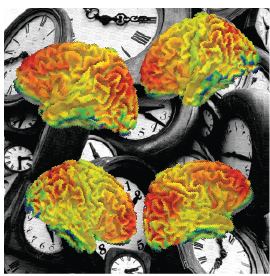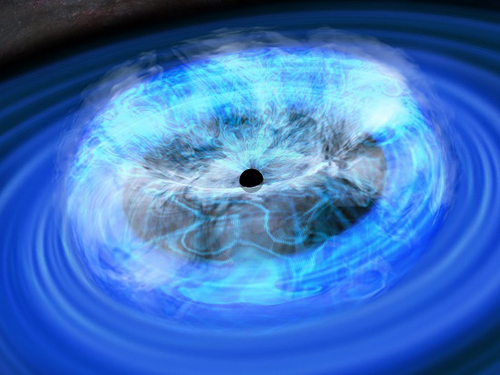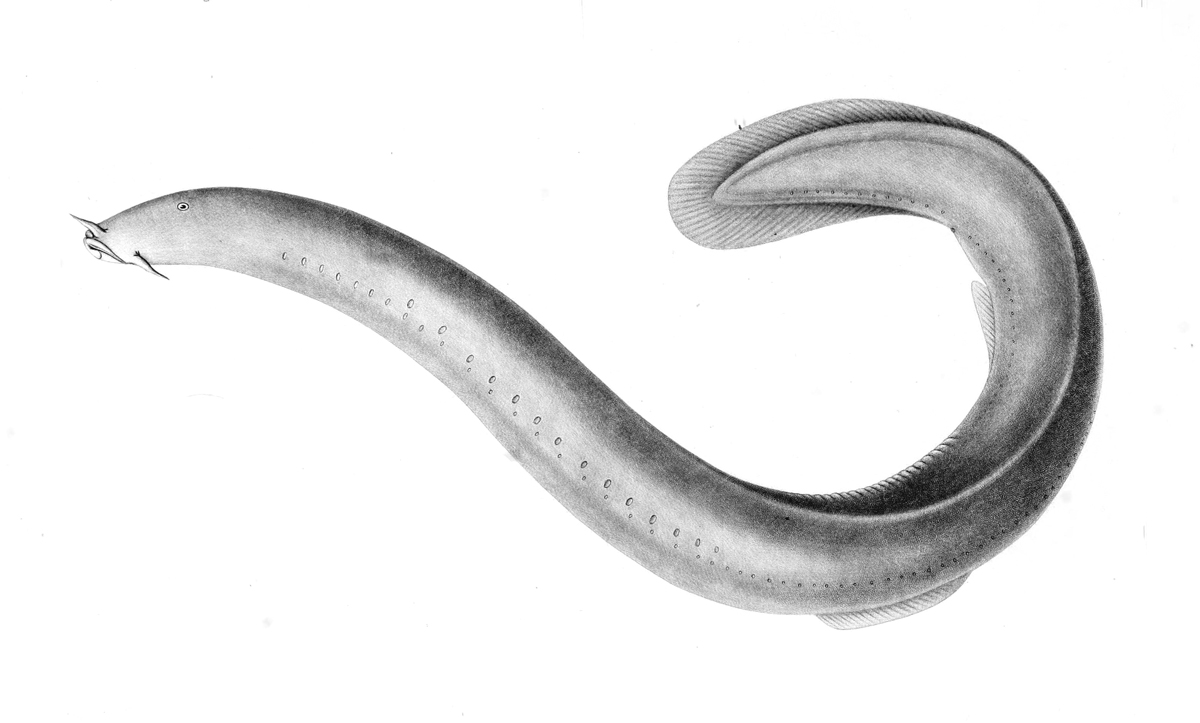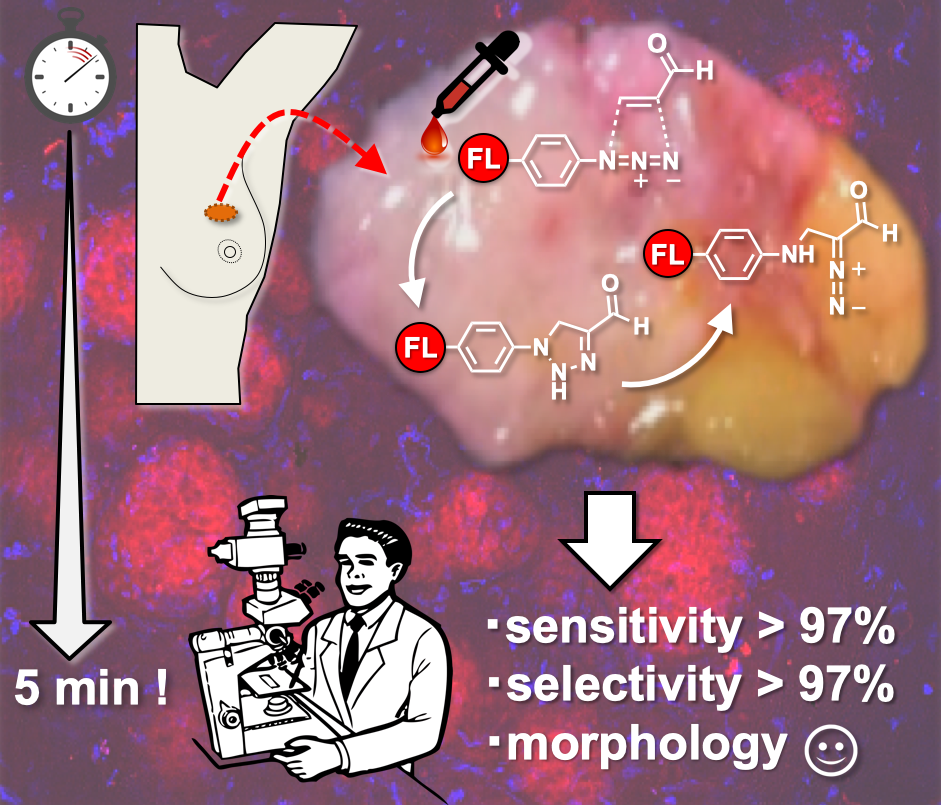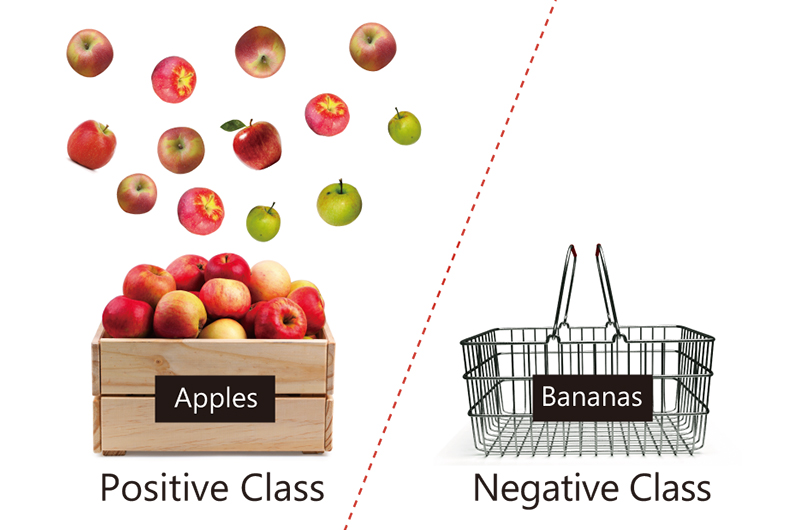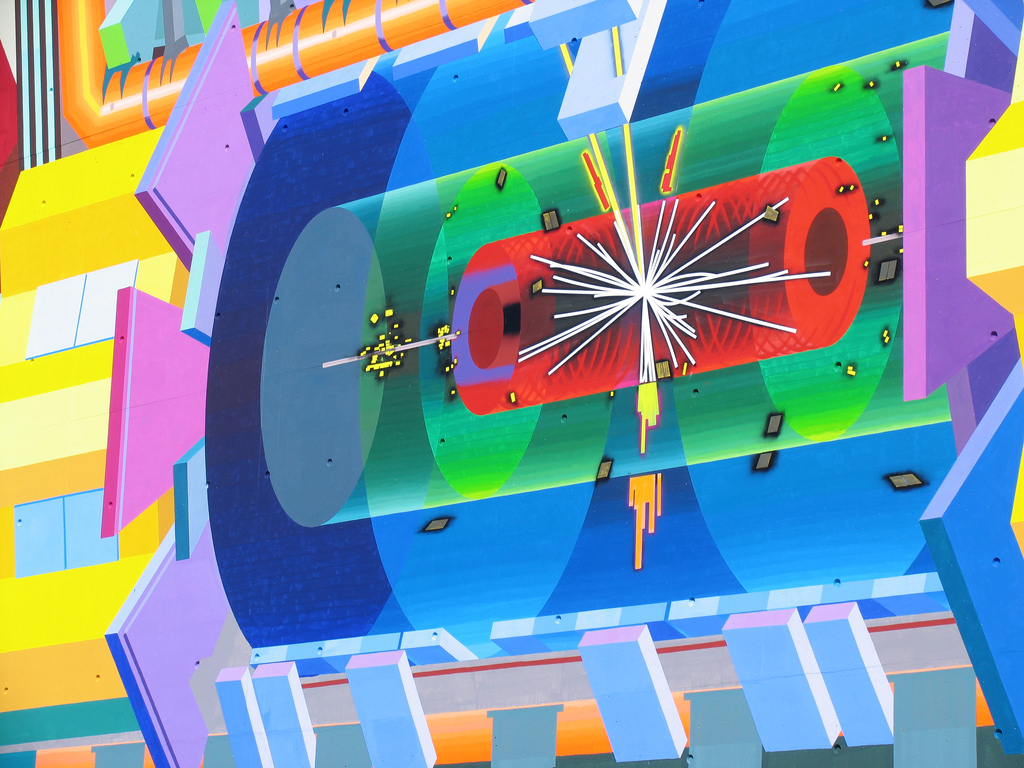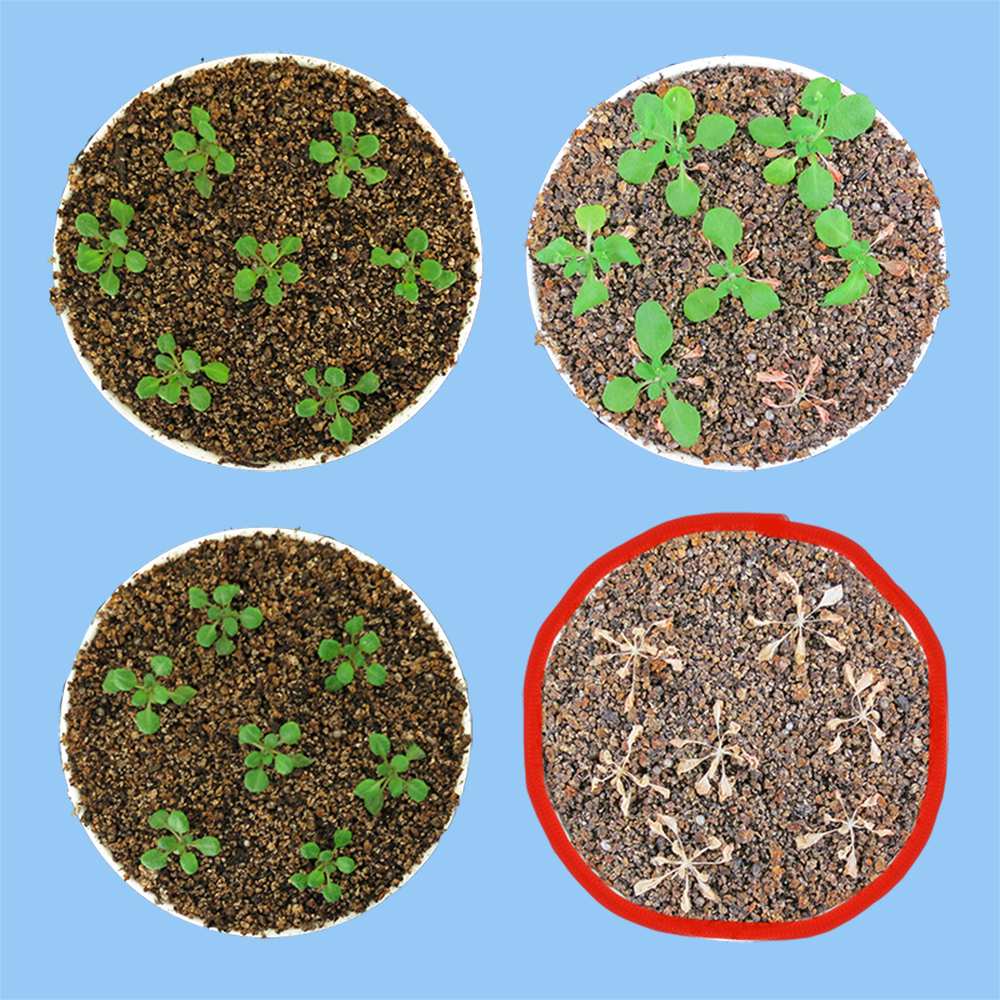Latest research animations
Self-assembly of spider silk
This gut microbe might protect against diabetes and reduce insulin resistance
NEW: One-way hydrogel guides motion of tiny worms!
Latest Posts
No Results Found
The page you requested could not be found. Try refining your search, or use the navigation above to locate the post.
Brain clock ticks differently in autism
Supermassive black holes still dark and mysterious
Evolution of the inner ear: insights from jawless fish
Tumor detection during breast cancer surgery
Smarter AI: machine learning without negative data
Nerdnite recap: When the brainbow met the boson
Mutations, CRISPR, and spinocerebellar ataxia
Gene regulator that allows plant rehydration after drought
Researchers create a functional salivary gland organoid ?
Dec
10
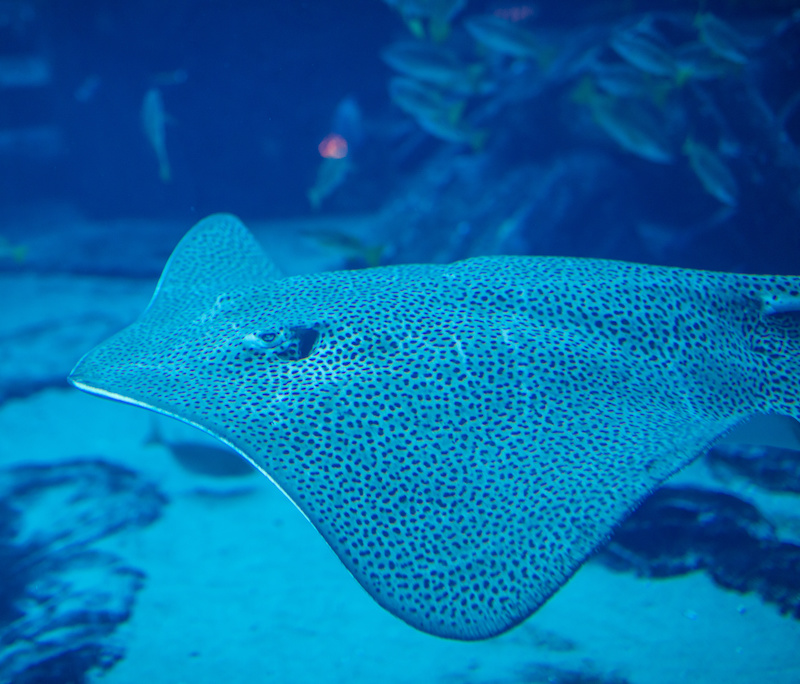
Electric rays to help us map the ocean floor
Electric rays and sting rays could map the ocean floor through their natural behavior, helping us find resources and collect data on other ocean life.
Nov
26
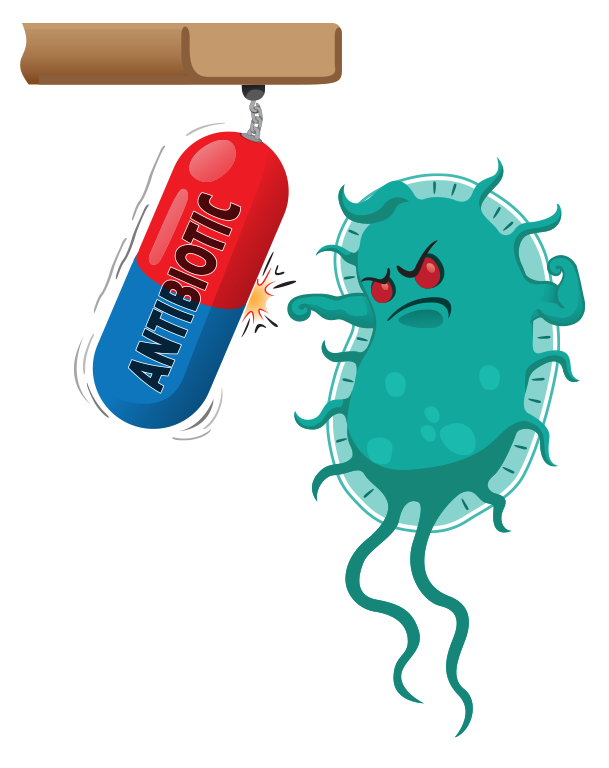
Bacterial drug resistance studied by robotic E. coli evolution
Experimentally evolving E. coli under pressure from a large number of antibiotics was able to identify constraints underlying evolved drug resistance.
Nov
9
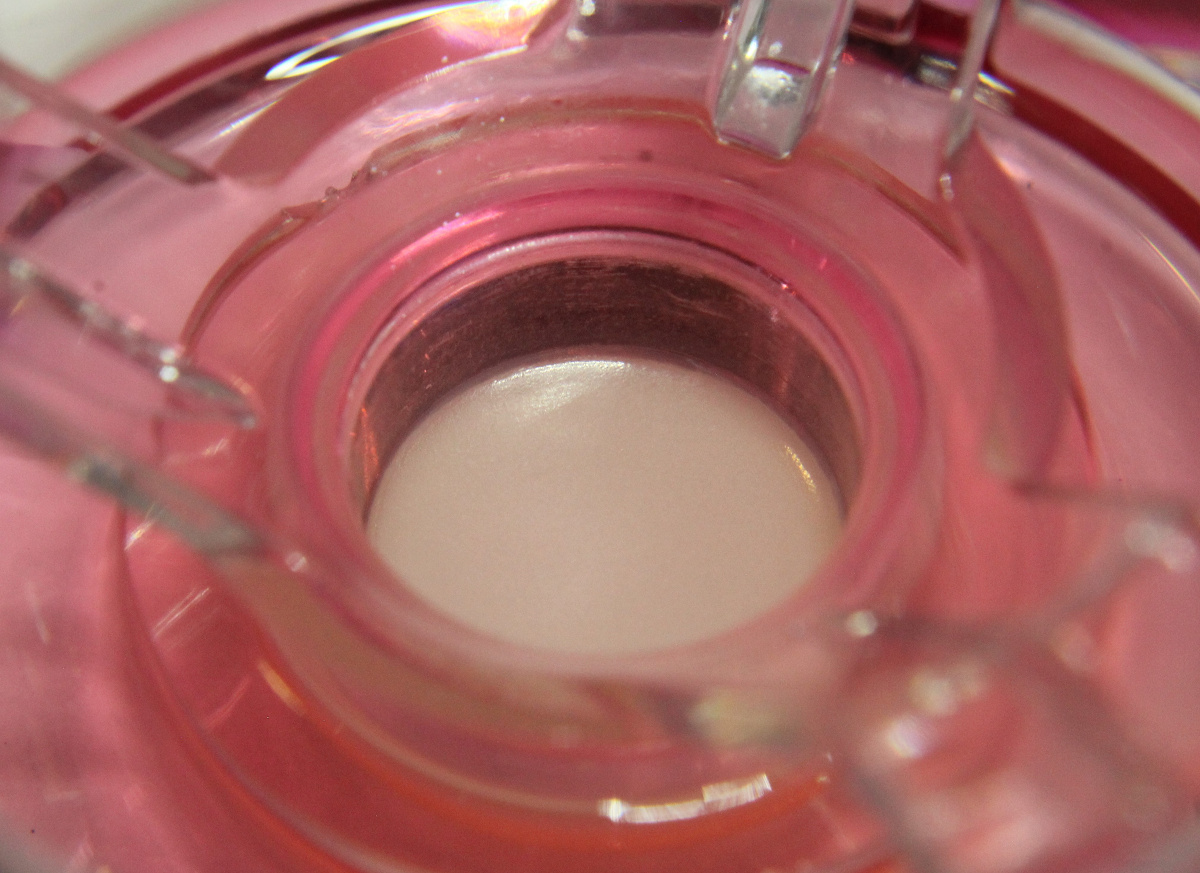
New artificial skin helps avoid animal testing
A new artificial skin that reproduces proper tension can be used to research skin function and disease while reducing the need to experiment on animals.
Oct
2
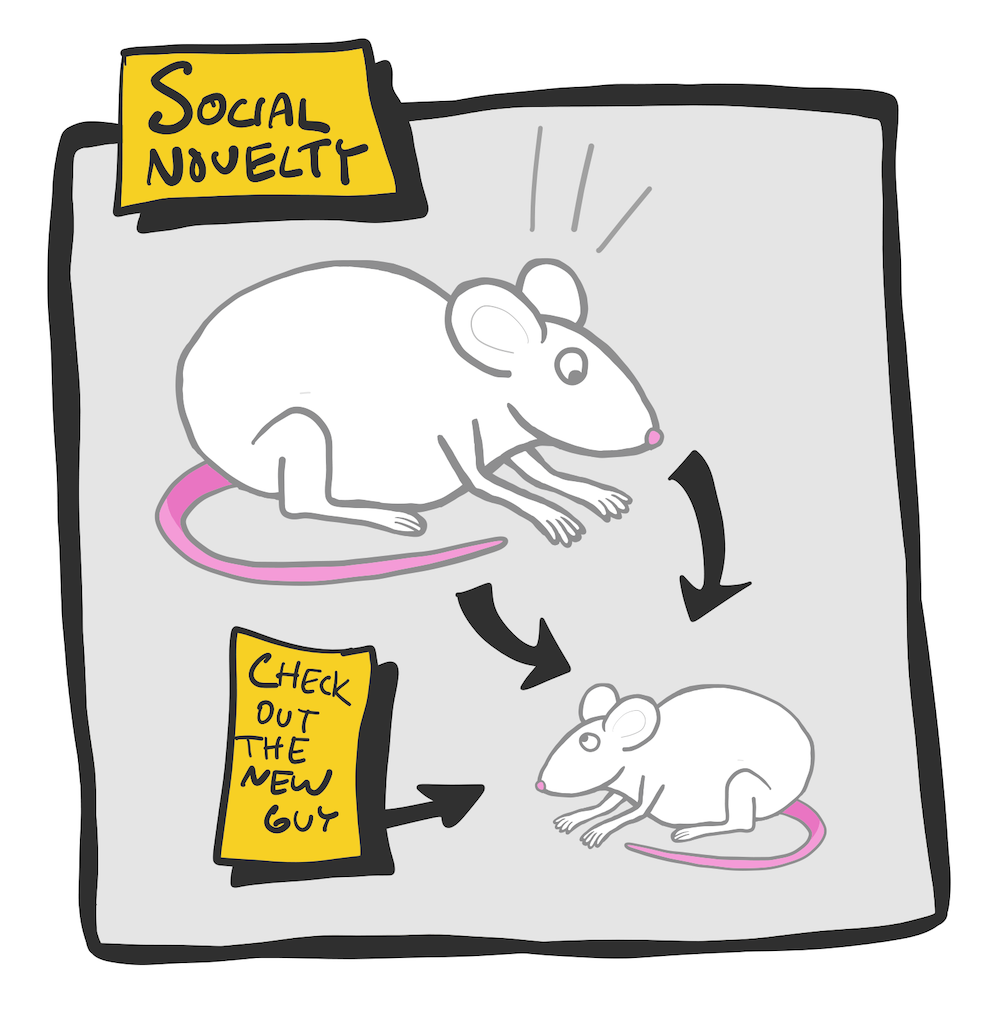
Social novelty in the brain: haven’t I seen you someplace before?
Social novelty and contextual novelty are segregated in the SuM region of the hypothalamus and in projections to the hippocampus, allowing memories of meeting new people to be formed separately from memories of new places.
Sep
11
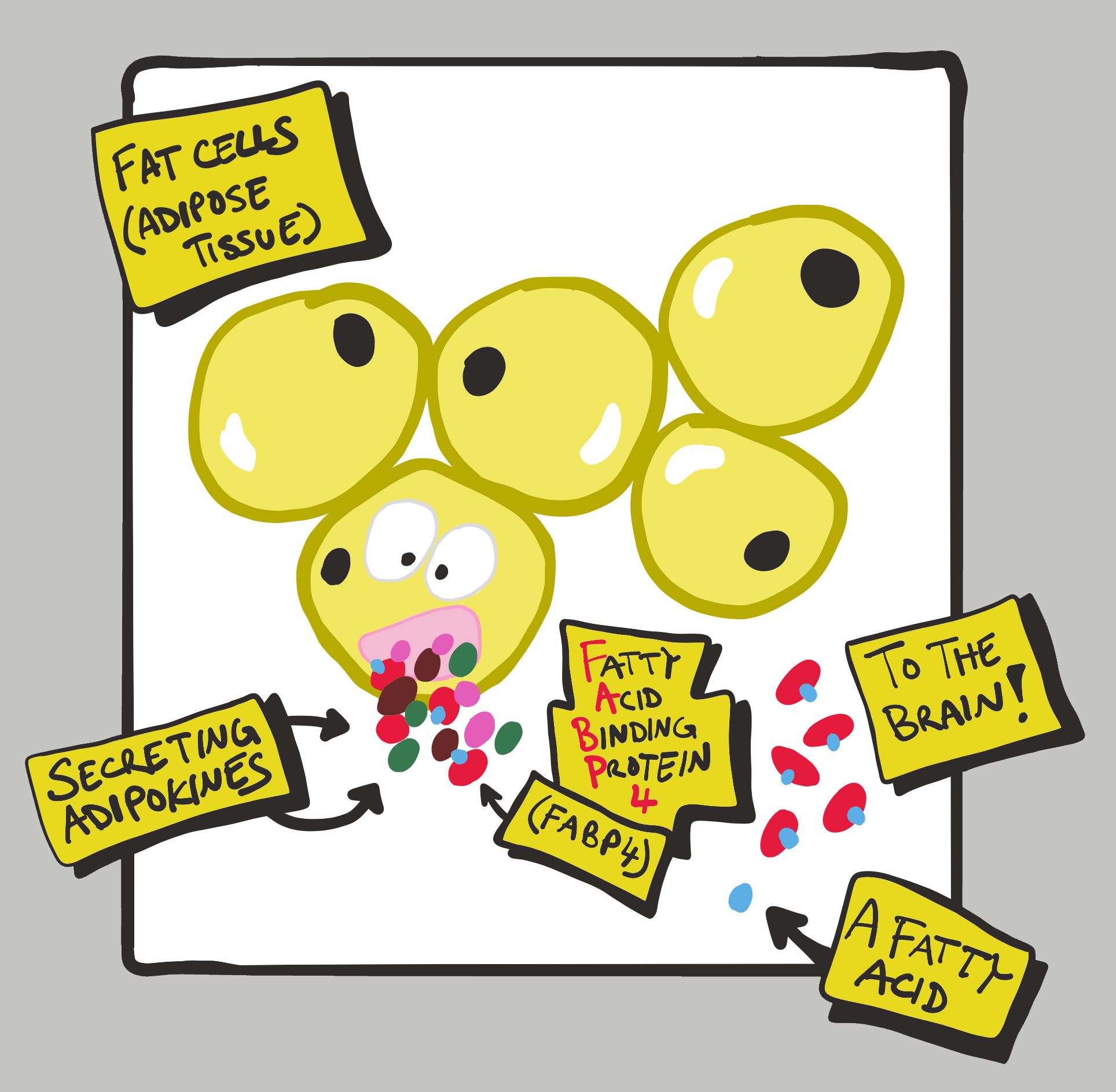
FABP4: A preschool-aged biomarker for autism
Reduced FABP4 was found in preschool-aged children with autism spectrum disorder, making it a potential new biomarker for the condition.
Sep
3
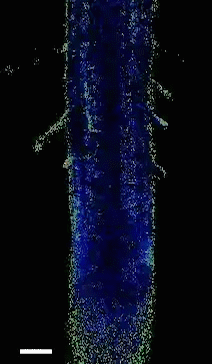
Microbial infections are a parasitic plant’s dream
Parasitic plants use quinones produced by their host to attack. Now we know that crops produce quinones as an immune response against microbial infection. How can we protect crops from both kinds of attack?

